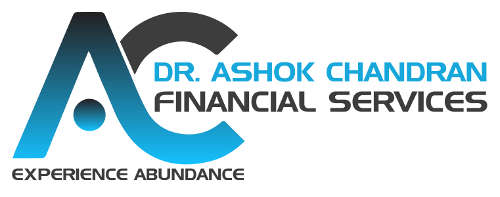Parminder Singh and Bhupinder Singh are best friends. They have been brought up in the same neighbourhood, studied in the same class in the same school, and then they were benchmates in college. It was time for Parminder to leave for Pune as he took up a job there. So one day, before exchanging goodbyes, they were having a serious discussion about their future. They realized that with the ever increasing cost of living, it would be very difficult for them to realize their life goals, how will they sustain themselves after retiring kept hovering in their minds. They had their houses, which both of them inherited from their Parents. At that moment, they were 25 years old, unmarried. They both thought of investing for their retirement, which will happen 40 years later, when they will be 65 years old. Parminder moved to Pune and forgot about the discussion, but Bhupinder followed and made an investment of Rs 250,000 in an Equity Mutual Fund and he also started an SIP of Rs 1,000 a month in another equity mutual fund. Now, five years later Parminder came to Jalandhar and they met. The clock ticked and the topic of investments rolled in. Parminder had nothing to contribute, but Bhupinder did, since he did invest and the value of his lump sum investment of Rs 2.5 lacs has grown to Rs. 4.5 Lacs in addition to the SIP he is running.
Parminder was disheartened, since he has not saved even a penny for his retirement. But Bhupinder, being his true friend, encouraged him and said, "Pammi, it is never too late. You are still young, and can still invest for your retirement which is 35 years hence". Parminder agreed and he too invested Rs 4.5 Lacs (which is equal to the present value of Bhupinder's investment) in the same mutual fund for his retirement and he also started an SIP of Rs 1,000 a month. Now, let's see what would be the value of their investment 35 years later.
Parminder Lumpsum investment: Rs. 4.5 Lacs
Value at the age of 65: Rs. 2.78 Crores
SIP Investment: Rs. 4.2 Lacs (Rs 1,000*12*35)
Value at the age of 65: Rs. 55.10 Lacs
Total Investment: Rs. 8.7 Lacs
Total Retirement Fund Value: Rs. 3.33 Crores
Bhupinder Lumpsum investment: Rs. 2.5 Lacs
Value at the age of 65: Rs. 2.78 Crores
SIP Investment: Rs. 4.8 Lacs (Rs 1,000*12*40)
Value at the age of 65: Rs. 97.93 Lacs
Total Investment: Rs. 7.3 Lacs
Total Retirement Fund Value: Rs. 3.76 Crores
Analysis:
Parminder invested Rs 1.4 Lacs more than Bhupinder, yet his returns were Rs. 43 Lacs than Bhupinder.
Why?
Because he started 5 years late.
Inference from the story
Start Early: The sooner you start the better. The only reason why Bhupinder was the winner in the investment race was he started five years earlier. Firstly, he enjoyed the benefit of investing Rs 2 Lac less than his friend while eventually landing at the same value in case of lump sum investment. And in case of SIP, though he invested a little more, but at maturity he outperformed his counterpart by a staggering Rs 43 Lacs. The reason behind his win is the most powerful force in the universe "The Power of Compounding". The extra five years were a blessing for him.
It is never too late: The anecdote is not meant to discourage the ones who did not invest when they were 25. Though the best time was the one which has passed, yet there an ever brighter tomorrow. If Bhupinder wouldn't have invested even at 30, he wouldn't have had Rs 3.33 crores for his retirement life. All you have to do is for the love of yourself hit the start button.
So, whatever age you are. Go ahead, reach your advisor and start investing!
{s}
[[script type="text/javascript"]]
$(document).ready(function(){
new DiscussionBoard("divDiscussionBoard", "476", "http://www.njwebnest.in/esaathi/index.php/discussion").load();
});
[[/script]]
{/s}






